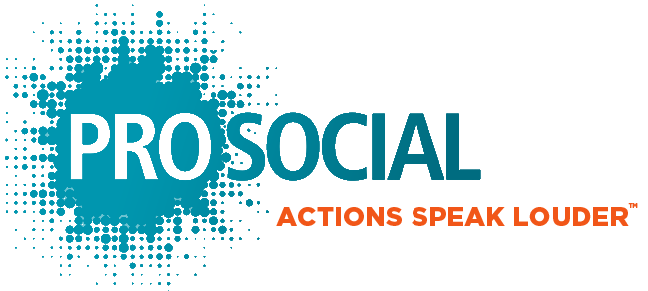Dollars and Sense
What kids learn about money as they grow up ultimately will affect both their finances and their futures. For the past few months, we’ve been looking into the financial lessons children and teens pick up from parents, schools, and the surrounding culture, and how commonly young people are left under-equipped to navigate adult financial responsibilities and opportunities.
Our client the kasina Youth Foundation is working to make an impact by providing grants to innovative programs designed to familiarize youth—particularly disadvantaged youth—with financial concepts and services and encourage them to make healthier spending and saving decisions throughout their lives. During our strategic work with the kasina Youth Foundation, we’ve been poring over numerous studies that illuminate the issue:
• Nearly half of teachers consider themselves “not very competent” to teach saving and investing and financial responsibility and decision making, a 2010 Council for Economic Education study revealed. That may partly explain other research that found that people who took a personal finance course in school didn’t score better on a financial literacy test than those who hadn’t received any financial instruction.
• Only 9.4 percent of 725 college students surveyed—predominantly business majors—reported paying their credit card in full each month, according to a 2012 study.
• About 38 percent of U.S. households have some credit card debt, and among households that carry a balance, the average is $16,048, according to a 2016 report by ValuePenguin.
• About half of U.S. 15-year-olds report having a bank account, and they performed better on a financial literacy test in 2012 than those who were unbanked. Only 32 percent of 15-year-olds in the lowest quartile of socioeconomic status had a bank account, compared with 70 percent of those in the highest quartile.
• High numbers of Americans say they would have trouble coming up with $1,000 to pay an unexpected bill: 75 percent of American households making less than $50,000 a year, 67 percent of households making between $50,000 and $100,000, and 38 percent of those making more than $100,000 a year, according to a 2016 survey by The Associated Press-NORC Center for Public Affairs Research.
• The term “financial capability” is becoming more commonly used, in addition to “financial literacy,” because of increasing recognition that financial health stems from not only our knowledge about financial matters, but also our attitudes and behaviors. At ProSocial, we’re fascinated by these kinds of shifts in language, which are common as movements evolve. For example, “women’s lib” gave way to “feminism” as the movement grew and gained respect.
We’re in the process of talking with several leaders in the financial services industry about opportunities and challenges related to financial capability for youth, and we’ll keep you posted on exciting developments. In the meantime, see how you score on a quick, five-question assessment of your financial know-how here.


